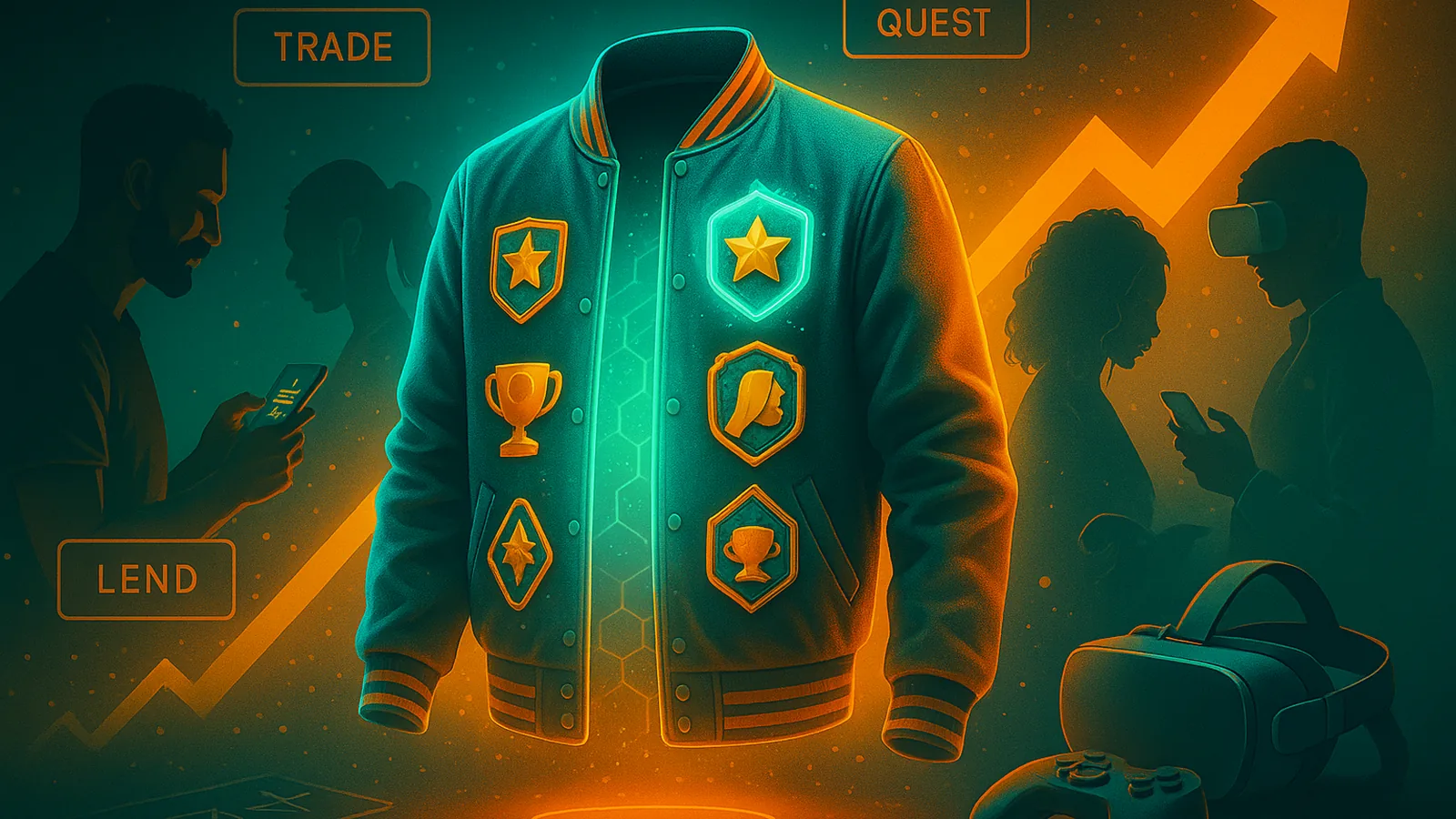Web3 Games Aren’t Just Games: What Player-Owned Economies Teach Brands
20.10.2025

A college esports club is mid-tournament. Between matches someone flips a season-earned jacket for enough credits to cover next month’s battle pass. No cashier. No checkout. Just culture moving value in a world that feels like a party and a mall at once. If you work in marketing, that scene is a forecast. For culture-first coverage beyond price noise, see https://inmediate.io.
From “skin” to asset: why ownership changes behavior
- Time turns into equity. Players aren’t just spending time; they’re storing it in items, access and status.
- Communities price taste. Rarity and story matter—who created it, who wore it, what moment it marks.
- Exit optionality reduces regret. Knowing you could resell—even if you never do—changes how bold you buy.
Quick sniff test: if your “economy” only works when prices go up, you built a casino, not a game.
The value loop (human, not just token)
Play → Earn/Unlock → Show → Trade/Reuse → Return. The healthiest loops feel like culture, not finance:
- Show beats sell — people want to be seen in what they earned.
- Reuse beats cash-out — upgrading, lending, gifting keeps people in the world.
- Return is the KPI — if last month’s unlock brings you back this month, the loop works.
Design patterns that actually work
- Season passes with owned unlocks. Memories with utility travel outside the game.
- Sinks and faucets. Upgrades/repairs/customs vs. quests/competitions/creator bounties.
- Creator rails. Let artists mint limited drops inside the official economy.
- Social markets with guardrails. Escrow, dispute flows, transparent fees.
- Interoperable identity (not items). Start with portable badges, history and fan status.
Metrics that matter to business
- D7/D30 retention & DAU/MAU: can the economy bring people back?
- ARPPU without whales: monetization shouldn’t rely on a tiny percent.
- Repeat purchase rate: do people buy again after they earn something?
- Participation spread: how many unique creators/players capture value monthly?
- Churn with assets: do owners churn less than non-owners?
Three field stories (composite, signals preserved)
A) The club jacket
A seasonal cosmetic tied to tournament attendance became a status anchor. Variant patches that unlock after volunteering lifted retention. People stayed because their jacket told a story that kept growing.
B) Creator alley
Opening a lane for community artists—reviewed, rev-shared, limited—created a middle class of micro-creators. Ad dollars shifted to co-created drops that sold out on Discord in minutes.
C) The busted faucet
A double-reward weekend spiked concurrency and crashed prices. The fix wasn’t a new token; it was new sinks (rentals, material wear, prestige crafting) plus transparent comms. Trust returned because both the math and the message made sense.
Brand playbook: how to show up without shilling
Start with the moment fans already care about. Your collab isn’t the headline—the moment is (finals, a tour, a charity speed-run).
- Patron: fund a creator lane, not a logo slot.
- Host: run a limited quest line with a real-world payoff (early access, meet-and-greet, discount window).
- Archivist: mint a digital badge that proves you were there—memory and access, not price talk.
A weekend pilot you can actually ship
- Pick a moment (finals/season launch/collab stream).
- Define a non-financial reward: digital wearable + backstage Q&A access.
- Write three quests: watch, participate, create (clip/meme/guide).
- Invite two community artists to co-design the wearable.
- Add sinks: small customization fees; a rental lane for newcomers.
- Set guardrails: age gates, anti-spam, dispute flow.
- Publish an FAQ; staff Discord with real humans.
- Launch with one meme-friendly trailer and one 60-second how-to thread.
- Collect feedback with in-world prompts (two clicks, no forms).
- Close the loop: host the Q&A, spotlight creations, preview month-two roadmap.
Common traps (you’ll thank yourself later)
- Speculation disguise — if people join only to flip, it’s a pump with cuter art.
- UX taxes — wallet hurdles and gas fees kill first-time magic; abstract them away.
- Infinite inflation — rewards that never expire or degrade become trash.
- One-shot collabs — culture compounds; one-offs don’t.
Bottom line: Web3 games are a workshop where millions practice belonging, earn status and move value at human speed. If your next campaign can live without a price chart—and still be brag-worthy—you’re on the right track.
Please consider following Web3 Games Aren’t Just Games: What Player-Owned Economies Teach Brands on Twitter and Instagram.